Showing 25–36 of 105 results
-
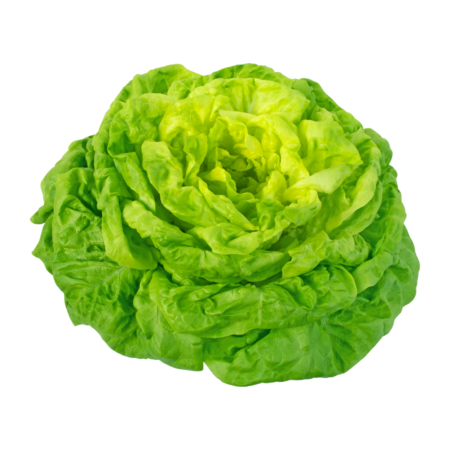
Butterhead Lettuce (One Head)
₹130.00Add to cartIt is best suited for both raw and cooked applications such as braising or boiling. Predominately used as the principal ingredient in salad, its textures and subtle flavors are a perfect canvas for savory and bold, or bright, fruity companion ingredients. It is also commonly layered in sandwiches or used as a wrap for tuna or chicken.
It is high in fiber and cellulose, it is heart healthy. It also helps with insomnia.
-
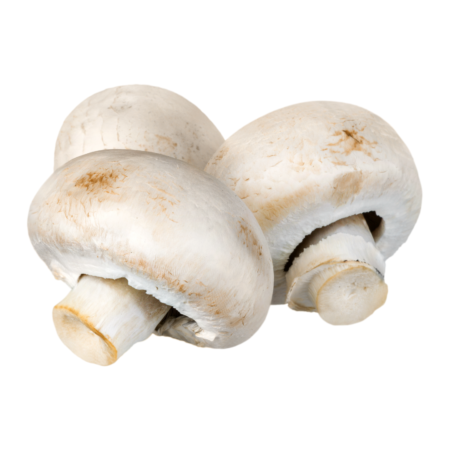
Button Mushrooms (Per 200gms)
₹70.00Add to cartMushrooms are edible fungi known for their rich umami flavor and versatility. Low in calories and packed with nutrients, they offer health benefits like immune support, heart health, and antioxidants.
Mushrooms offer numerous health benefits, including immune system support, heart health improvement, and antioxidant protection. They are rich in vitamin D, promoting bone health, and contain compounds that regulate blood sugar and cholesterol levels. Low in calories and high in fiber, mushrooms also aid in weight management and digestive health.
-

Cabbage (300gms)
₹48.00Add to cartIndian cabbage refers to a variety of cabbage commonly grown and used in Indian cuisine. It features tender, green leaves and a mild, slightly peppery flavor. Indian cabbage is highly versatile and often used in a range of traditional dishes, such as sabzi (stir-fried vegetables), parathas (stuffed flatbreads), curries, and salads. It is rich in vitamins C and K, which boost immunity, support bone health, and improve skin quality. Additionally, Indian cabbage contains dietary fiber for healthy digestion and antioxidants that combat inflammation. Its light and adaptable taste makes it ideal for absorbing aromatic spices like cumin, mustard seeds, turmeric, and garam masala, making it a flavorful and nutritious staple in Indian cooking.
-
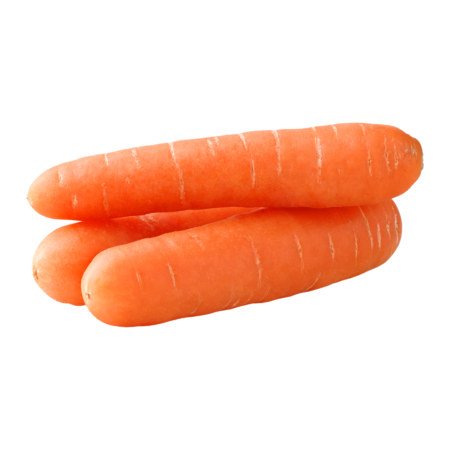
Carrots – Orange (Per 250g)
₹45.00Add to cartOrange Carrots are a vibrant, sweet, and crunchy vegetable that is a staple in kitchens worldwide. Known for their bright orange color, nutritious profile, and versatility, these carrots are enjoyed both raw and cooked in a wide variety of dishes. Native to Central Asia, carrots have become a global favorite for their delicious taste and health benefits, offering a high level of vitamins, particularly vitamin A, that support vision and overall health. Whether used in soups, salads, juices, or as a snack, orange carrots add natural sweetness and nutrition to your diet.
-

Carrots – Red (Per 500g)
₹45.00Add to cartRed carrots are a vibrant and nutrient-rich variety of carrots, known for their sweet taste, crunchy texture, and deep reddish hue. Their striking color comes from lycopene, a powerful antioxidant that supports heart health and enhances immunity. Red carrots are packed with essential vitamins like A, C, and K, as well as minerals like potassium and fiber, making them a fantastic addition to a healthy diet.
Season and Storage:
Red carrots are typically available during the winter season. To retain their freshness, store them in a cool, dry place or refrigerate in an airtight container to prevent moisture loss. -
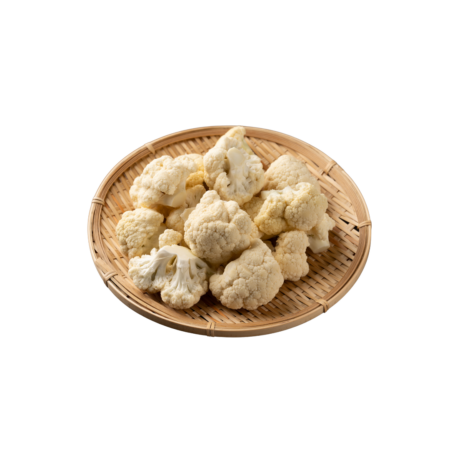
Cauliflower (Pre-Cut)- Per 300gms
₹80.00Add to cartCauliflower is a versatile cruciferous vegetable known for its white, compact florets and leafy green leaves. It has a mild, slightly nutty flavor and can be eaten raw, steamed, roasted, or blended. Packed with vitamins C and K, fiber, and antioxidants, cauliflower supports immune health and aids digestion.
-
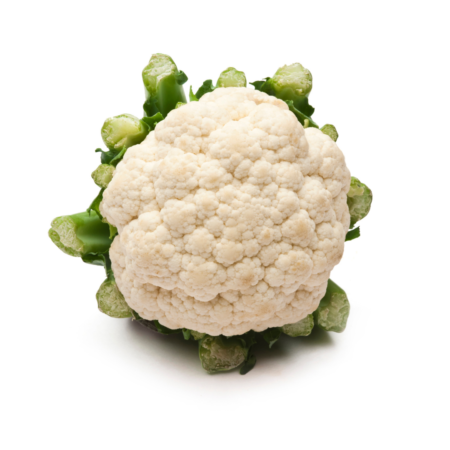
Cauliflower (Whole) – 300gms
₹60.00Add to cartCauliflower is a versatile cruciferous vegetable known for its white, compact florets and leafy green leaves. It has a mild, slightly nutty flavor and can be eaten raw, steamed, roasted, or blended. Packed with vitamins C and K, fiber, and antioxidants, cauliflower supports immune health and aids digestion.
-

Celery (One Unit)
₹130.00Add to cartCelery (Apium graveolens) is a popular vegetable known for its crisp texture and refreshing flavor. It is characterized by long, fibrous stalks that taper into leafy tops. Celery is commonly eaten raw as a snack, added to salads, soups, and stews, or juiced for its health benefits.
In hydroponics, celery thrives in nutrient-rich water systems and grows upright, making it an efficient crop to cultivate. It requires steady light, humidity, and moderate temperatures for optimal growth.
Culinary Uses and Practical Benefits
-
Versatile in Cooking: Use in soups, stews, smoothies, salads, or as a snack with dips.
-
Juicing Trend: Celery juice is renowned for its detoxifying and skin-cleansing properties.
-
Long Shelf Life: When grown hydroponically, celery stays fresh longer, providing consistent quality year-round.
Adding celery to your hydroponic crop range is a smart move, appealing to health-conscious consumers and culinary enthusiasts alike! 🌱
-
-
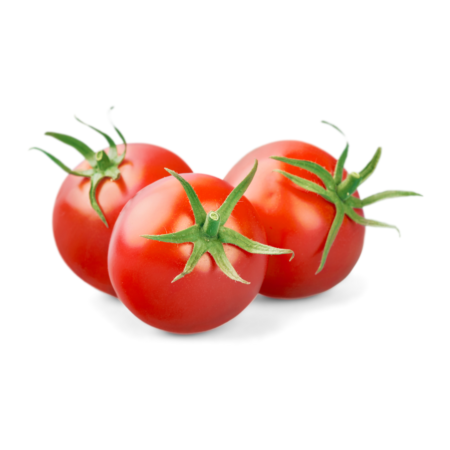
Cherry Tomatoes (Per 200gms)
₹90.00Add to cartCherry tomatoes are typically round or slightly oval in shape and range from about 1 to 2 inches (2.5 to 5 cm) in diameter. Their skin can vary in color from bright red to yellow, orange, or even deep purple, depending on the variety. Cherry tomatoes have a smooth texture and are more delicate than larger tomato varieties. The flesh is juicy with a high sugar content, which contributes to their characteristic sweetness. Inside, the fruit contains small, soft seeds suspended in a gel-like substance, contributing to their juicy interior.
-

Chikoo (Per 500g)
₹120.00Add to cartChikoo, also known as Sapodilla, is a tropical fruit prized for its natural sweetness and soft, grainy texture. Native to Central America and now widely grown in India and other tropical regions, chikoo is a favorite for its unique caramel-like flavor. It’s not only delicious but also loaded with essential nutrients, making it a wholesome treat for all age groups.
Features
- Appearance: Round or oval-shaped with a rough, brown, sandpaper-like skin. Inside, the flesh is soft, brown, and juicy with 1-6 smooth, black seeds.
- Flavor Profile: Sweet and mildly earthy, with hints of brown sugar and caramel.
- Texture: Soft and grainy, melting in the mouth when ripe.
-

Chinese Cabbage (One Unit) Approx 800g
₹220.00Add to cartChinese cabbage (Brassica rapa subsp. pekinensis), also known as Napa cabbage, is a leafy vegetable widely used in Asian and global cuisines. It is recognized for its mild, sweet flavor, crisp texture, and high nutritional value, making it a favorite in salads, stir-fries, soups, and fermented dishes like kimchi.
Key Features:
- Appearance: Chinese cabbage has an elongated head with tightly packed, pale green leaves that are broad, crinkly, and tender. The veins are prominent and add a slight crunch.
- Flavor: The flavor is mild and slightly sweet, without the sharpness typically associated with other cabbages.
- Nutritional Value: It is low in calories but high in essential vitamins and minerals, including vitamins C and K, folate, calcium, and potassium. It also contains antioxidants and dietary fiber, promoting digestion and overall health.
-
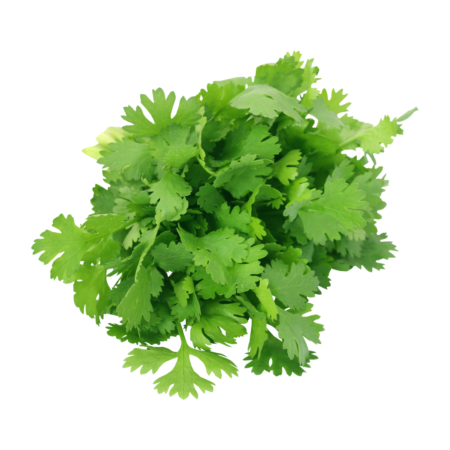
Coriander – (Per 100g)
₹45.00Add to cartCoriander, Coriandrum Sativum, is an erect annual herb in the family Apiaceae. The Leaves of the plant are variable in shape, & Slender & feathery higher on the flowering stems. It is a soft, hairless plant. The flowers are produced in small umbels & are white or Very pale pink in colour with the petals pointing away from the centre of the umbel longer than those pointing towards it. All parts of the coriander plant are edible, but the fresh leaves and the dried seeds are most commonly used. Leaves and seeds are used fresh or dried as a herb in cooking.

